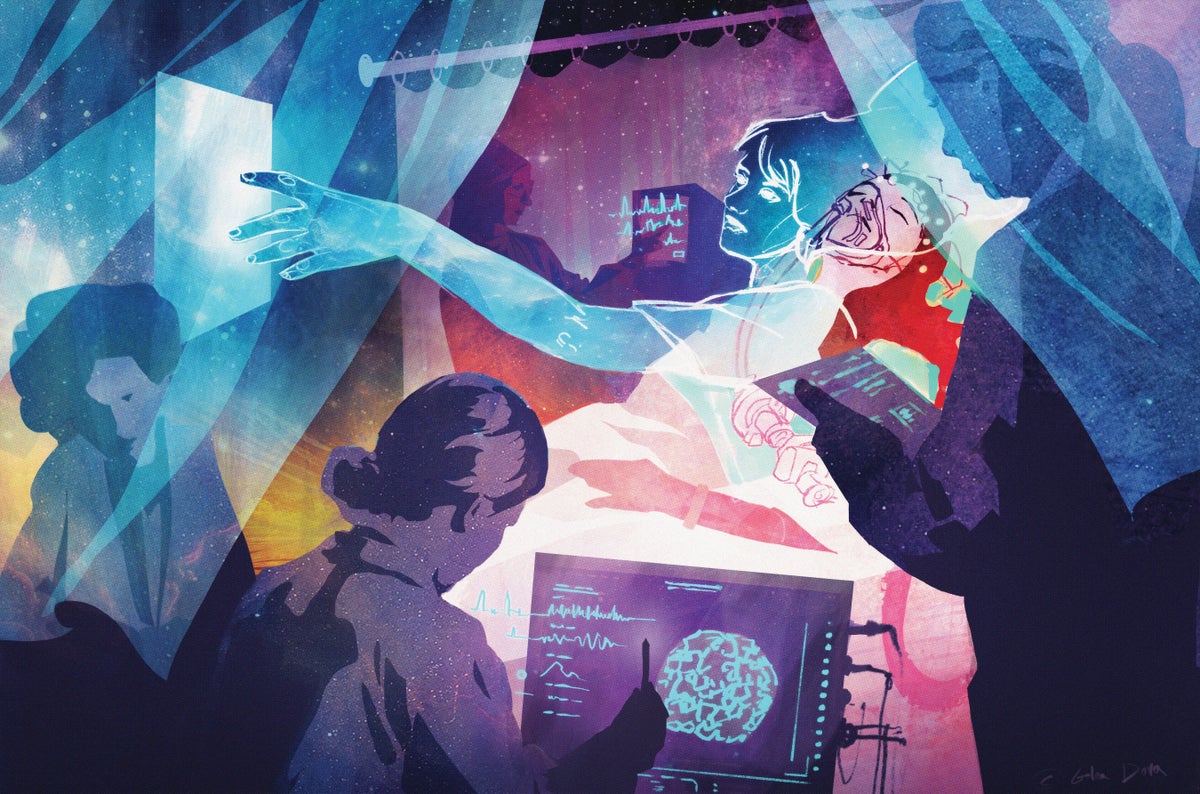- cross-posted to:
- [email protected]
- cross-posted to:
- [email protected]
Lifting the Veil on Near-Death Experiences
Near-death experiences have been reported across time and cultures. An astounding 5 to 10 percent of the general population is estimated to have memories of an NDE, including somewhere between 10 and 23 percent of cardiac arrest survivors. A growing number of scholars now accept NDEs as a unique mental state that can offer novel insights into the nature of consciousness.
Like psychedelic drugs and other means of altering consciousness, NDEs could also serve as probes for revealing fundamental truths about the mind and brain. Such states are perturbations to the system of consciousness, “and when you perturb a system, you understand better how it works.
Many people who had an NDE describe one or more of a specific set of characteristics. They may recall separating from their body and viewing it in real time from above. They may pass through tunnels and see light, encounter deceased relatives or compassionate entities, and have a sense of vastness and deep insight. People may undergo a life review and morally evaluate the choices they have made, including by experiencing the joy or pain their actions caused others.
“What’s intriguing is that when people die, they don’t evaluate themselves based on their own standards of morals, they evaluate themselves based on a universal standard.”


